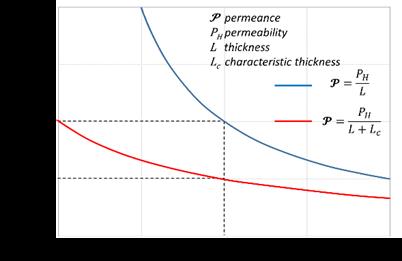
Giuseppe Firpo
University of Genova, Italy
Title: The dependence on thickness of permeability and its influence on gas separations of flat and corrugated polymer membranes
Biography
Biography: Giuseppe Firpo
Abstract
Statement of the Problem: Gas permeability of dense polymeric membranes is well described by solution diffusion model, where the driving force is the differential pressure across the membrane. Larger penetrants are more soluble than smaller penetrants, but diffusion decrease as penetrants size increase, consequently the process is gas-selective. Because of this property, membranes technologies have a significant opportunity to be a low-cost, low-energy solution for gas separation: for CO2 capture or hydrogen recovery for example. In order to enhance the membrane permeance the technology efforts are focused on ultra-thin membrane fabrication. Unfortunately, this strategy has a weakness: the permeability decreases with the thickness because the surface chemical reaction rate limits gas transport across the membrane. It is therefore possible to introduce a characteristic thickness Lc below which the enhancement in gas flow is reduced respect to that expected. Similarly the selectivity change. The purpose of this study is to describe experiments of gas permeability across rubber polymer membranes with thicknesses the order of Lc. The investigation observes how the permeance and selectivity change with thickness, for the most important industrial gas. The study compare the data of flat surface membranes with nano-corrugated surface membranes Methodology: Spin coating is the technique used to fabricate polymeric thin membranes, and the rubber polymer is Poly Di Methyl Siloxane (PDMS). Gas permeability measurements are carried out on high vacuum apparatus. Findings: results confirm the permeability thickness dependence with Lc = 30 mm for CO2 on PDMS and show how this effect influence the selectivity. Data on corrugated surface membranes reveal a permeance enhancement respect to that of flat-surface membranes. This effect is greater than expected and reported in literature. Conclusion: Surface kinetics affects membrane permeability and selectivity. The permeation rate can be increased by corrugation.
.
Figure 1: Permeance vs thickness. The blue and red lines represent the permeance ð“Ÿ, respectively with and without hypothesis of near-equilibrium at surfaces [4]. PH = DS where D is the diffusivity and S the solubility

